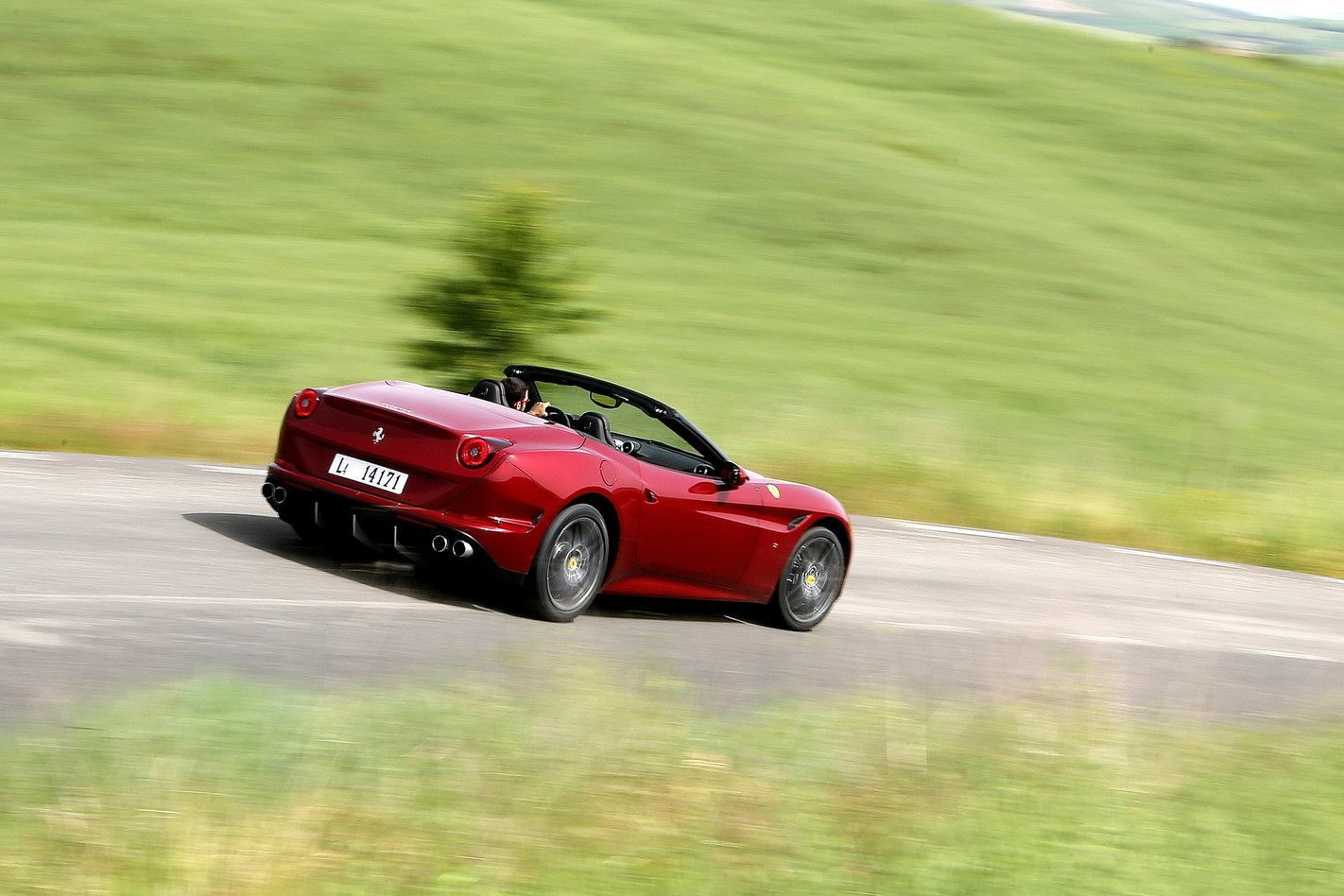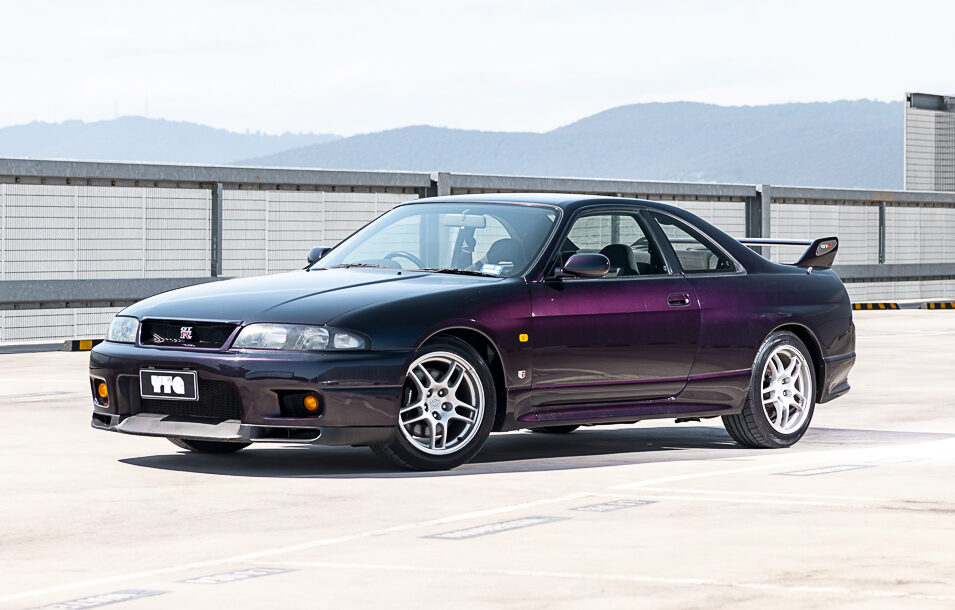Back when I joined Wheels as a bright-eyed and bushy-tailed junior staffer, I had a very specific idea of what I needed to do to ‘make it’ as a motoring writer.
Weirdly, given my formative years were spent developing an unhealthy infatuation with Porsches (a favourite, and in retrospect rather embarrassing, pastime was downloading snippets of 911 engine sounds and listening to them over and over), I’d decided that this self-imposed benchmark of success would be achieved when I drove my first Ferrari away from the gates of Maranello.
It seemed an impossible dream at the time – one reserved only for the most wizened and experienced road testers, not pimply uni grads in their early 20s – and also one that I struggled to reconcile.
Aside from one rebellious summer when I plastered an enormous poster of a Ferrari 355 on my bedroom wall, I was firmly in the Porsche camp.
School lunches were spent explaining to friends why a rear-engine layout really was a stroke of genius, and if someone even suggested that the F40 was better than the 959 I started to foam at the mouth. And yet, there it was: If I was offered the choice of visiting Stuttgart or Maranello, I’d have donned a Ferrari cap, painted my face red and shouted “Forza Ferrari!”. Yeah, I didn’t understand it either.
Now, though, I do. Thanks to Wheels’ own Ferrari guru, Peter Robinson, my visit materialised much sooner than I expected.
While in Italy on my honeymoon, a personal introduction from Peter had convinced Ferrari to give me a tour of the factory. Even better was news that after exploring Enzo’s backyard, I’d have my very own Ferrari for a day. Still, despite the promises, I lobbed at the famous gates not really knowing what to expect.
I’d been warned Ferrari could be unpredictable, and that visits are often characterised by long periods of waiting followed by short, intense bursts of activity.
My first glimpse behind the red curtain, however, began almost straight away.
After being ushered upstairs to meet Ferrari’s fearsomely tall PR director, we ventured beyond the red-brick administrative offices to discover a curious world where old gives way to new.
It felt like a small city – the neat and unpretentious single-story buildings of the original factory butting up against the unapologetically modern engine plant and wind tunnel, all of this dissected by a latticework of roads, each bearing the names of Ferrari F1 world champs and cluttered with camouflaged test mules that rushed past.
Inside the assembly plant, red-clad staff calmly fitted components for a daily completion rate of 31 cars (25 V8 models, five V12s, one LaFerrari). It felt a different world from other, volume-focused factories, where miserable workers seem to be contemplating using the drills on their own eyeballs.
At Ferrari, mechanics smile and shout “Ciao!” as you wander by. Then, with the tour over, the moment finally arrived. A red key was pushed into my hand and soon enough I was in the hills above Maranello, a California’s roof retracted, its V8 racing towards 7000rpm as I realised a dream.

A Ferrari’s appeal stretches beyond how it handles at the limit; it exists as much in the thrill delivered from glancing down and seeing the black horse rearing in the centre of the steering wheel.
And therein lies the magic of Maranello. It goes beyond the cars; it has a mystique unmatched by any other brand. Yes, even Porsche.
The fact that today, 70 years after its inception, Ferrari seems to have forgotten how to build bad road cars and is now producing a V12 flagship capable of stunning the very same wizened and experienced road testers I’d revered earlier in my career, as you’ll discover, is simply an added bonus.






